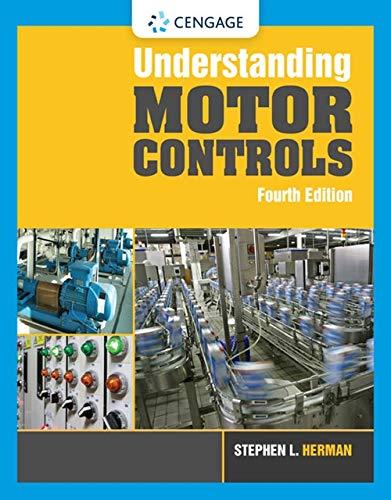
A silicon wafer is doped with 2.50 × 1016 boron atoms/cm3 plus 1.60 × 1016 phosphorus atoms/cm3 at 27°C. Calculate (a) the electron and hole concentrations (carriers per cubic centimeter), (b) the electron and hole mobilities (use Fig. 14.26), and (c) the electrical resistivity of the material.
(a)
The concentration of electrons and holes.
Answer to Problem 73AAP
The concentration of electrons is
The concentration of holes is
Explanation of Solution
Write the expression to calculate the concentration of holes.
Here, concentration of boron atoms is
Write the expression to calculate the concentration of electrons.
Here, the intrinsic carrier concentration is
Conclusion:
Substitute
Substitute
Thus, the concentration of electrons is
Thus, the concentration of holes is
(b)
The electron and hole motilities.
Answer to Problem 73AAP
The mobility of electrons is
The mobility of holes is
Explanation of Solution
Conclusion:
Refer to the Figure-14.26, “The effect of total ionized impurity concentration on the mobility of charge carriers in silicon at room temperature.” to obtain the value of total impurity concentration as
Refer to the Figure-14.26, “The effect of total ionized impurity concentration on the mobility of charge carriers in silicon at room temperature.” to obtain the value of electron mobility at
Thus, the mobility of electrons is
Thus, the mobility of holes is
(c)
The electrical resistivity of the material.
Answer to Problem 73AAP
The electrical resistivity of the material is
Explanation of Solution
Write the expression to calculate the resistivity for p-type semiconductor.
Conclusion:
Substitute
Thus, the electrical resistivity of the material is
Want to see more full solutions like this?
Chapter 14 Solutions
Foundations of Materials Science and Engineering
- Distinguish between conductors and semiconductors under the following headings: temperature, coefficient of resistance and band theory.arrow_forwardA boron implant at 30 keV is done through a gate oxide that is 15nm thick, into a silicon substrate. LSS tables show a boron implant range in oxide at this energy of 100 nm and a standard deviation of 25 nm. Calculate the fraction of boron implant that is absorbed in the oxide.arrow_forwardA typical energy of electrons in a modern transition electron microscope is 300 keV. Calculate the corresponding wavelength of the electron beam assuming that the vacuum inside the microscope is ideal.arrow_forward
- What is bulk micromachining? For which MEMS applications is it used for and on what material(s)? Give examples of materials and techniques used to bulk-micromachine. Provide a process flow diagram of a fabrication process for a sample MEMS device that uses bulk micromachining techniquearrow_forwardDetermine the intercepts of a plane when the miller indices are (111) where h is negative.arrow_forwardWhich of the following pairs of atoms and ions are isoelectronic? Se2−, Br− Cs+, Xe Na+, Xe As3−, Cl− Cl−, Ar Ba2+, Cs+arrow_forward
 Understanding Motor ControlsMechanical EngineeringISBN:9781337798686Author:Stephen L. HermanPublisher:Delmar Cengage Learning
Understanding Motor ControlsMechanical EngineeringISBN:9781337798686Author:Stephen L. HermanPublisher:Delmar Cengage Learning Automotive Technology: A Systems Approach (MindTa...Mechanical EngineeringISBN:9781133612315Author:Jack Erjavec, Rob ThompsonPublisher:Cengage Learning
Automotive Technology: A Systems Approach (MindTa...Mechanical EngineeringISBN:9781133612315Author:Jack Erjavec, Rob ThompsonPublisher:Cengage Learning

